Welcome to our latest blog post, where we dive into the heart of effective classroom management. As educators, we understand that fostering a positive and productive learning environment is no easy feat. Whether you’re a seasoned teacher or just starting your journey in the world of education, mastering classroom management is an ongoing process.
In this post, we’re thrilled to explore time-tested strategies and insights that empower teachers to create engaging classrooms, where student behavior aligns with desired outcomes. Join us as we uncover the wisdom shared by experts, delve into proven techniques, and discover practical tips to navigate the complexities of classroom dynamics. Let’s embark on this journey together, unlocking the secrets to a thriving and harmonious educational space.
Table Of Contents
- 1. The First Days of School: How to Be an Effective Teacher By: Harry Wong
- 3. Classroom Management That WorksBy: Robert J. Marzano
- 4. Teach Like a Champion 3.0 By: Doug Lemov
- 5. Setting Limits in the Classroom: How to Move Beyond the Dance of Discipline in the Classroom By: Jim Fay
- 6. Have you Filled a Bucket Today? A Guide to Daily Happiness for Kids By: Carol McCloud
- 7. The Daily 5 By: Gail Boushey
- 8. Conscious Discipline: 7 Basic Skills of Brain Smart Classroom Management By: Dr. Becky A. Bailey
- 9. Beyond Discipline: From Compliance to Community By: Alfie Kohn
- 10. Tools for Teaching: Discipline, Instruction, Motivation. Primary Prevention of Classroom Discipline Problems By: Fred Jones
- 11. Lost and Found: Helping Behaviorally Challenging Students (And, While You’re at It, All the Others) By: Rose W. Greene
- 12. Discipline Without Stress, Punishments or Rewards By: Marvin Marshall
- 13. Positive Discipline in the Classroom By: Jane Nelson
- 14. Punished by Rewards: The Trouble with Gold Stars, Incentive Plans, A’s, Praise and Other Bribes By: Alfie Kohn
- 15. The First Six Weeks of School By: Paula Denton
- 16. Running the Room: The Teacher’s Guide to Behaviour By: Tom Bennett
- 17. The Power of Our Words: Teacher Language That Helps Children Learn By: Paula Denton
- 18. Better Learning Through Structured Teaching: A Framework for the Gradual Release of Responsibility By: Douglas Fisher
- 19. Discipline Strategies for the Classroom; Working with Students By: Ruby K. Payne
- 20. The Teacher’s Pocket Guide for Effective Classroom Management By: Kim Knoster
- Final Thoughts
1. The First Days of School: How to Be an Effective Teacher By: Harry Wong
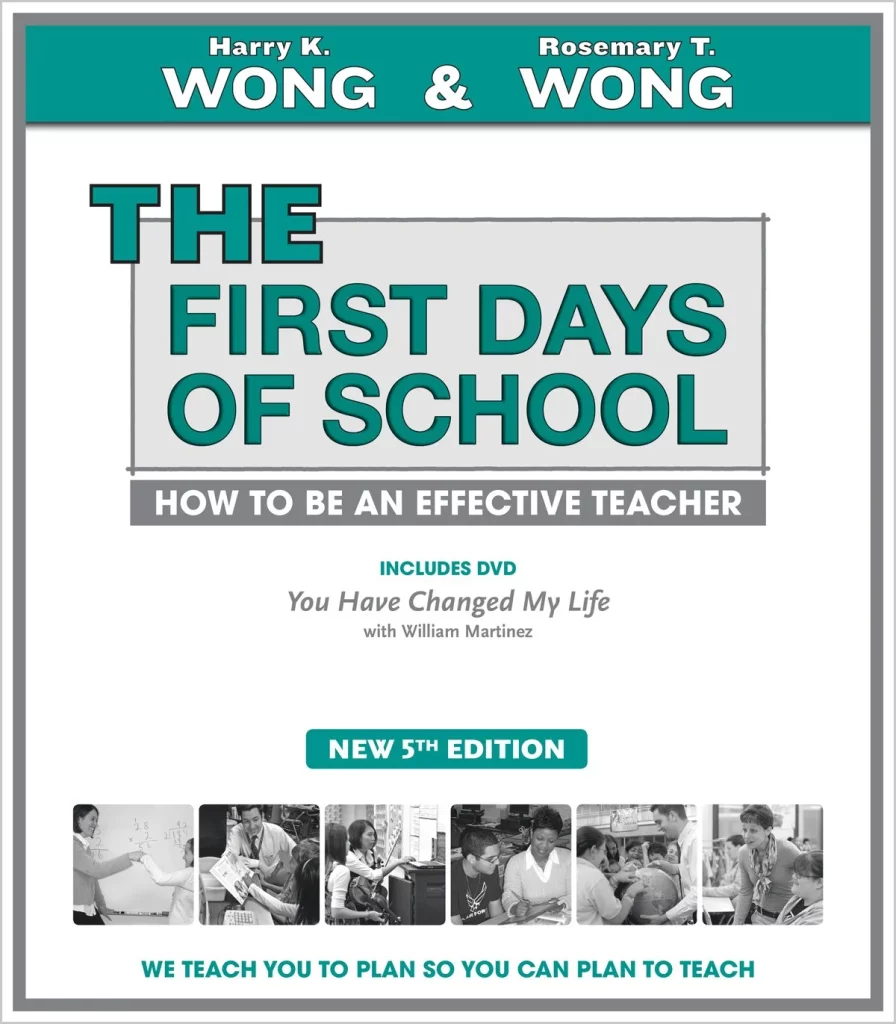
Discover the essential guide for teachers seeking success in the classroom. This widely acclaimed education resource, now in its 5th edition, offers practical insights applicable to all grade levels, from pre-K to college. With a fresh portrait format, the book features a compelling 54-minute DVD, “You Have Changed My Life,” narrated by actor William Martinez, highlighting a teacher’s profound impact. Packed with updated research, real-life examples, and an innovative Learning Triangle, this edition ensures a transformative journey for both novice and veteran educators. Join the global community benefiting from this influential guide, available in nine languages.
2. Teaching with Love and Logic Taking Control of the Classroom By: Jim Fay & Charles Fay
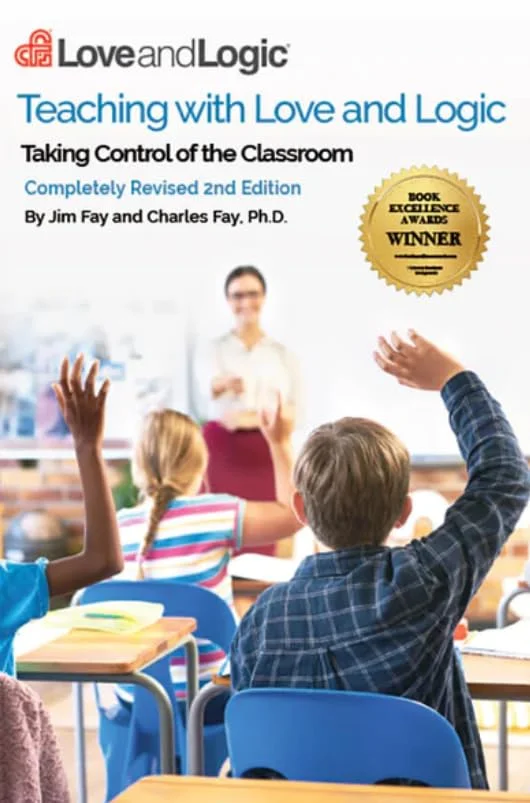
Explore the empowering strategies in the updated second edition of “Taking Control of the Classroom.” Setting the gold standard for practicality, this guide equips educators with effective methods for gaining cooperation from non-responsive students, managing large groups effortlessly, and motivating even the most apathetic learners. Tackling issues like classroom drama and challenging parental dynamics, it emphasizes student responsibility. From handling defiant kids to self-care, this edition delivers valuable insights into classroom intervention and behavior management. Elevate your teaching experience with these proven, time-saving techniques.
3. Classroom Management That WorksBy: Robert J. Marzano

Unveiling the crucial link between classroom management and student achievement, Robert J. Marzano delves into insights from over 100 studies in this sequel to “What Works in Schools.” Addressing teachers’ concerns, he identifies effective techniques and explores the impact of schoolwide policies on individual classroom management. Through practical “Action Steps,” educators learn to initiate management efforts successfully, establish rules, implement interventions, cultivate positive relationships, foster a conducive mental environment, and engage schoolwide measures. Real-life stories illustrate the strategies’ applicability, while program reviews offer a nuanced perspective. Amidst growing concerns about student behavior, this timely guide navigates the integral role of classroom management in fostering learning and achievement.
4. Teach Like a Champion 3.0 By: Doug Lemov
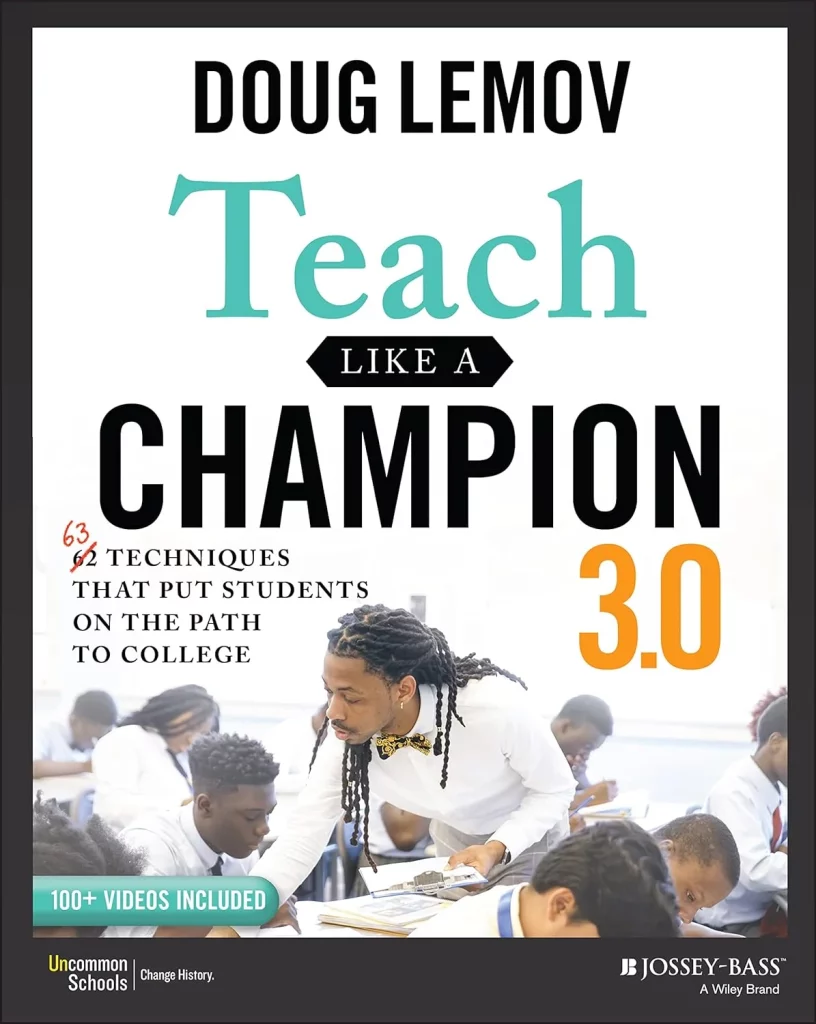
Welcome to the eagerly awaited Teach Like a Champion 3.0, an updated masterpiece by Doug Lemov on the art of teaching. This edition unveils fresh insights, incorporating the latest cognitive science and culturally responsive teaching practices. Focused on fostering engagement, trust, respect, accountability, and excellence, the book eqAs we conclude this exploration into effective classroom management, let’s remember that the journey towards creating an optimal learning environment is ongoing. Embracing the proven strategies shared here is not just about managing behavior; it’s about cultivating a space where both educators and students can thrive. By incorporating these insights into our teaching practices, we pave the way for meaningful connections, engaged learners, and a positive atmosphere that resonates far beyond the classroom. Let’s continue to evolve, adapt, and inspire, knowing that the impact of a well-managed classroom extends well into the future of our students. Here’s to fostering excellence in education, one empowered classroom at a time.uips educators with new techniques, an enhanced video collection, and a deeper understanding of mental models for decision-making. Dive into a new chapter on Lesson Preparation, 10 additional techniques, and exemplar videos illustrating effective teaching methods. Explore the intersection of research, teaching, and success through this powerful guide, enriched with online resources for a transformative teaching experience.
5. Setting Limits in the Classroom: How to Move Beyond the Dance of Discipline in the Classroom By: Jim Fay
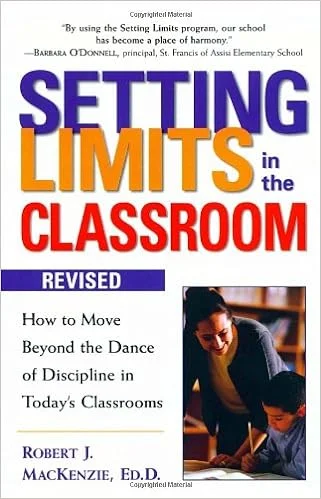
Tackle the myriad challenges of disruptive behavior, power struggles, and lack of motivation with the proven strategies found in Setting Limits in the Classroom. This extensively updated third edition provides contemporary alternatives to punishment and permissiveness, transcending ineffective traditional methods. Learn to swiftly resolve power struggles, create an optimal learning environment, and apply natural and logical consequences for rule enforcement. The edition, now with a spotlight on younger students and specialized tools for handling strong-willed children, empowers educators with new research and techniques. Elevate your teaching experience and foster a positive classroom dynamic with these valuable insights.
6. Have you Filled a Bucket Today? A Guide to Daily Happiness for Kids By: Carol McCloud
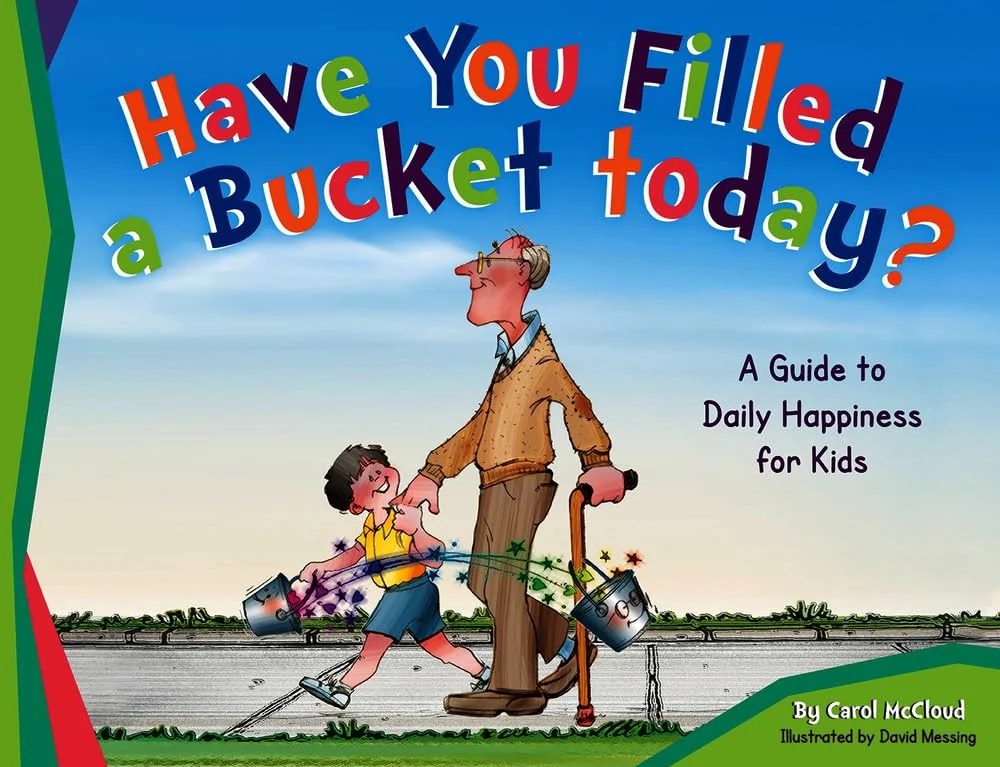
In this heartfelt book, author Carol McCloud uses a simple metaphor of a bucket and a dipper to convey a powerful message about kindness. By choosing to be kind, we not only fill the buckets of those around us but also enrich our own. Conversely, mean words and actions dip into others’ buckets. Throughout the day, we either uplift or deplete each other’s buckets through our words and deeds. Being a bucket filler contributes to making the world a better place. This 32-page picture book is a wonderful tool for instilling empathy, nurturing kindness, and fostering a positive environment in homes, classrooms, workplaces, and communities.
7. The Daily 5 By: Gail Boushey
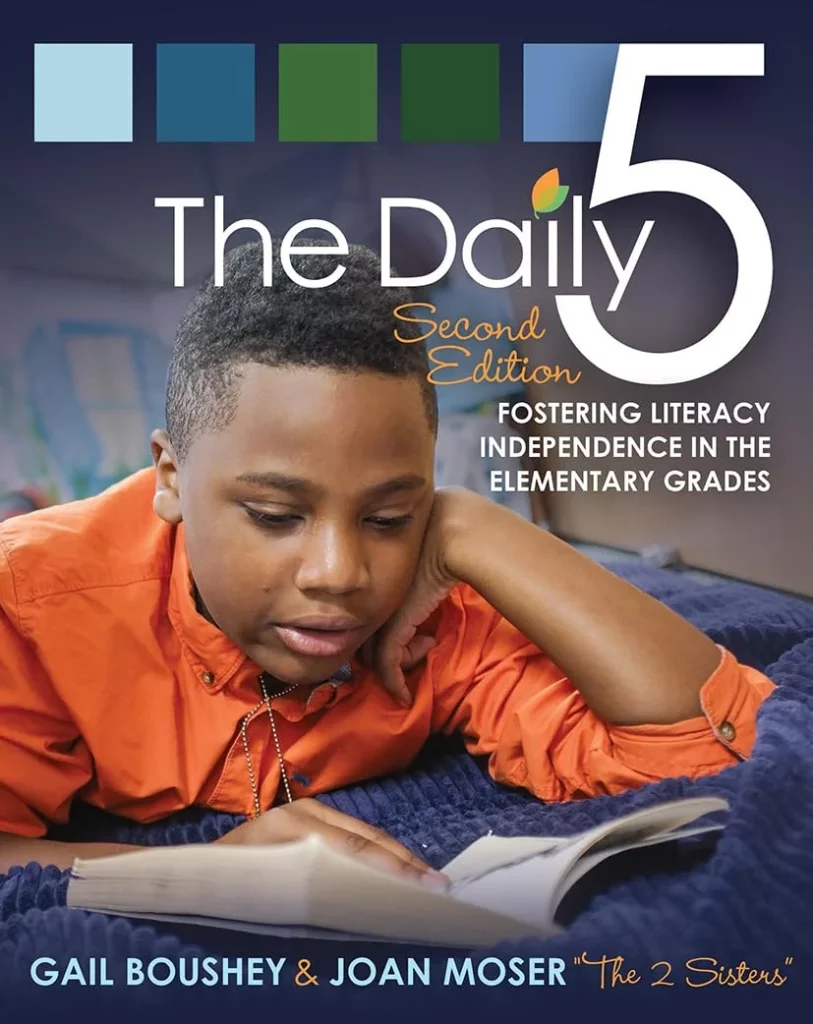
The second edition of The Daily 5: Fostering Literacy in the Elementary Grades maintains the fundamental literacy components of the widely acclaimed first edition, now enriched with insights from additional classroom experience and cutting-edge brain research. This resource empowers teachers to structure literacy and math sessions, promoting student independence and personalized attention in small groups. With a focus on minimizing classroom management time, fostering independence, and enhancing accountability, The Daily 5 facilitates ample practice in reading, writing, and math. This edition includes detailed launch plans, colorful visuals, and increased flexibility, allowing educators to create engaging and productive learning environments. The comprehensive guide equips teachers with materials, behavior modeling, lesson plans, and solutions to common challenges, fostering a dynamic classroom that cultivates independent and enthusiastic learners. New features encompass launch plans for the initial weeks, full-color visuals, increased flexibility in introducing each Daily 5 choice, differentiation strategies, and integration with the Math Daily 3 structure. The Daily 5, Second Edition is the go-to resource for transforming classrooms into vibrant hubs of successful and engaged learners.
8. Conscious Discipline: 7 Basic Skills of Brain Smart Classroom Management By: Dr. Becky A. Bailey
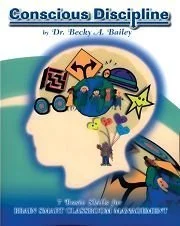
Embark on a transformative journey with the trio of masterpieces: “A Child’s Heart,” “Klein and Wagner,” and “Klingsor’s Last Summer.” Delving into the realm of self-regulation and interpersonal skills, these books offer a unique perspective on classroom management, extending beyond students to encompass adults as well. Navigating the complexities of teaching and implementing effective self-regulation strategies, this collection addresses the intricate task of fostering personal and interpersonal skills in both students and educators. Elevate your understanding of classroom dynamics and interpersonal connections with these insightful and thought-provoking reads.
9. Beyond Discipline: From Compliance to Community By: Alfie Kohn
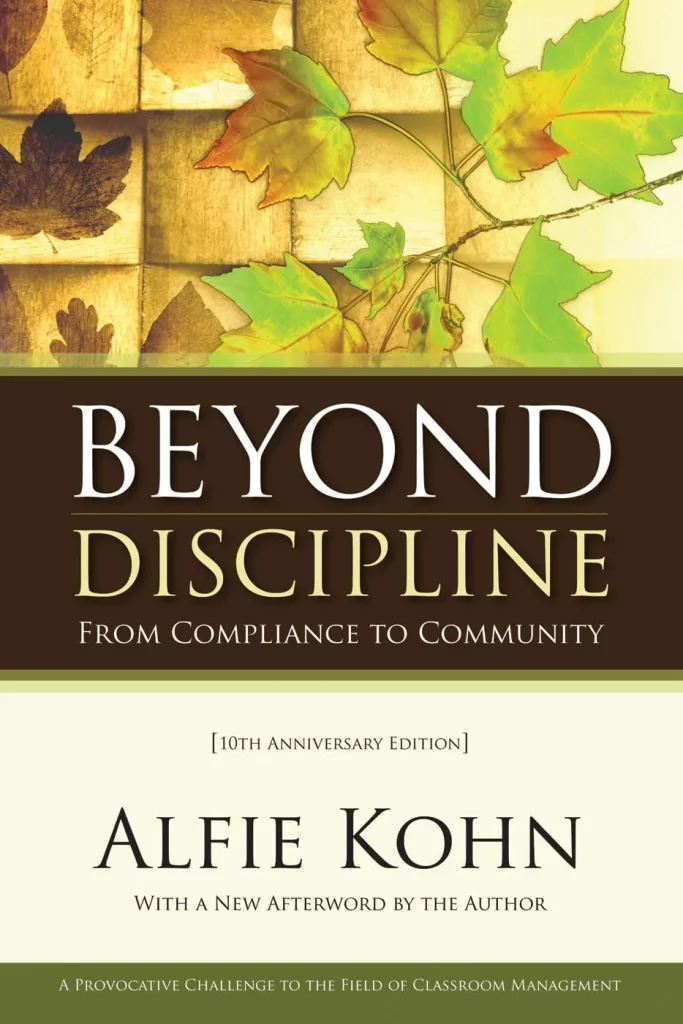
In “Beyond Discipline,” Alfie Kohn challenges the prevailing assumptions shared by various discipline programs. Unlike many advocating control-focused strategies, Kohn questions the conventional belief that teachers must dictate classroom rules for students to follow. He criticizes the cynical view underlying this approach and suggests that fostering intellectual and social development requires more than compliance. Kohn advocates for a collaborative approach, where teachers work with students to create caring communities and make decisions together. As an education classic, this 10th-anniversary edition provides real classroom stories, humor, and practical optimism, offering a compelling alternative to traditional control-centric manuals.
10. Tools for Teaching: Discipline, Instruction, Motivation. Primary Prevention of Classroom Discipline Problems By: Fred Jones
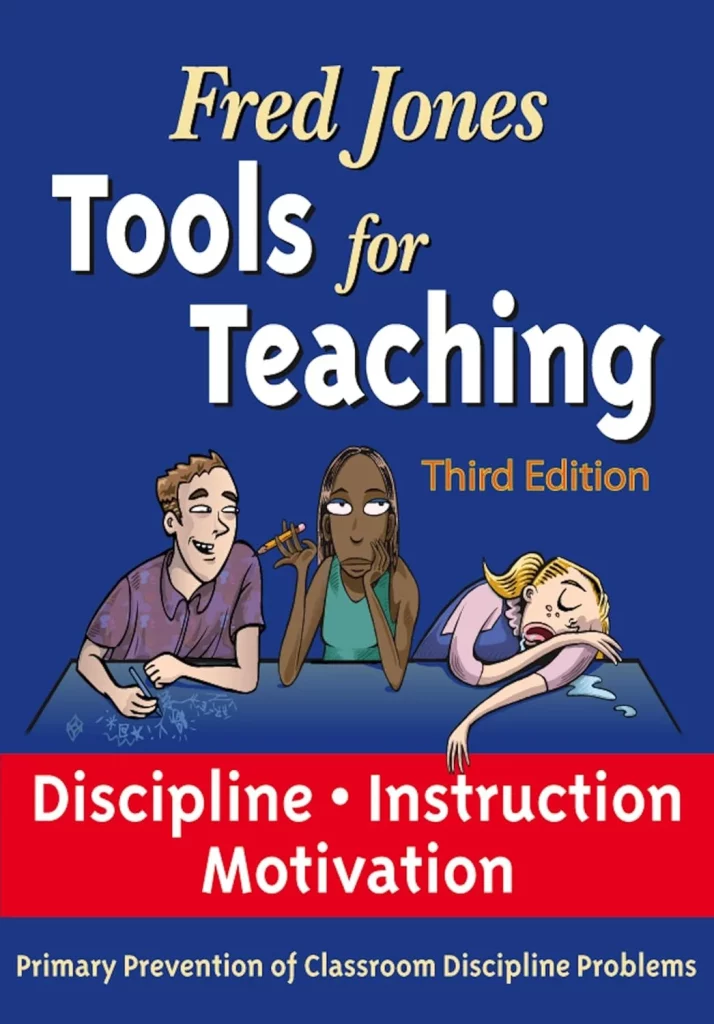
Dr. Jones unveils the comprehensive approach of highly successful teachers in the 3rd edition of Tools for Teaching: Discipline, Instruction, Motivation. Offering a complete package encompassing discipline, instruction, and motivation, this guide presents practical “how-to” insights with numerous examples. Learn to reduce disruptions, backtalk, and dawdling while enhancing responsible behavior, motivation, independent learning, and academic achievement. The book focuses on specific classroom management skills that not only increase learning but also alleviate teacher stress. New features include the latest research on successful teaching practices and neuropsychology, with two additional chapters exploring groundbreaking methodologies and efficient skill-building techniques. Equip yourself with the synergy needed for effective teaching, primary prevention of discipline problems, and increased time-on-task efficiency.
11. Lost and Found: Helping Behaviorally Challenging Students (And, While You’re at It, All the Others) By: Rose W. Greene

“Lost and Found” serves as a practical guide for educators seeking to implement Dr. Ross Greene’s Collaborative & Proactive Solutions (CPS) Problem Solving model with behaviorally-challenging students. A follow-up to his landmark works, “The Explosive Child” and “Lost at School,” this guide offers explicit guidance on hands-on CPS implementation. Unlike the macro-level descriptions in the previous books, “Lost and Found” dives into the details of incorporating students’ input, understanding challenges, and generating mutually satisfactory solutions. Packed with specific strategies, sample dialogues, and time-tested advice, this book empowers educators to immediately apply these techniques in their daily interactions with behaviorally-challenging students. The CPS approach, revolutionary for parents and educators, comes to life through practical guidance, ensuring immediate effectiveness in working with these students.
12. Discipline Without Stress, Punishments or Rewards By: Marvin Marshall

In this revolutionary book, Discipline Without Stress offers a transformative approach to instill responsibility and foster learning in any setting—be it school, home, or business. Emphasizing the power of internal motivation over external methods, the book provides a profound philosophy that empowers individuals instead of relying on external solutions. Endorsed by Stephen R. Covey, author of “7 Habits of Highly Effective People,” this insightful work is highly recommended for educators and parents alike. The Second Edition Revised updates the proactive, noncoercive teaching model, globally recognized for its remarkable success. Unlike traditional approaches relying on rewards and punishments, Discipline Without Stress (DWS) proves to be a life-changing paradigm shift in both personal and professional spheres.
13. Positive Discipline in the Classroom By: Jane Nelson
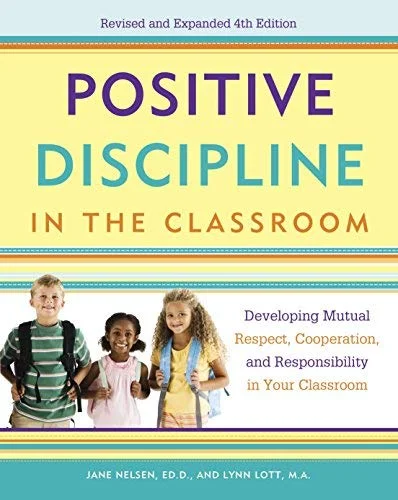
Elevate the learning environment with effective classroom management strategies, fostering positive procedures and practices. This approach aims to dismantle obstacles to student success, maintaining an inviting and productive classroom. Acknowledging the diverse backgrounds and influences impacting students, teachers face challenges in sustaining a conducive learning space. In this context, three parenting experts champion the concept of class meetings, collaborative sessions where students and teachers jointly address and solve problems. These tireless advocates engage with thousands annually, promoting the importance of collaborative problem-solving to create a supportive and effective classroom atmosphere.
14. Punished by Rewards: The Trouble with Gold Stars, Incentive Plans, A’s, Praise and Other Bribes By: Alfie Kohn
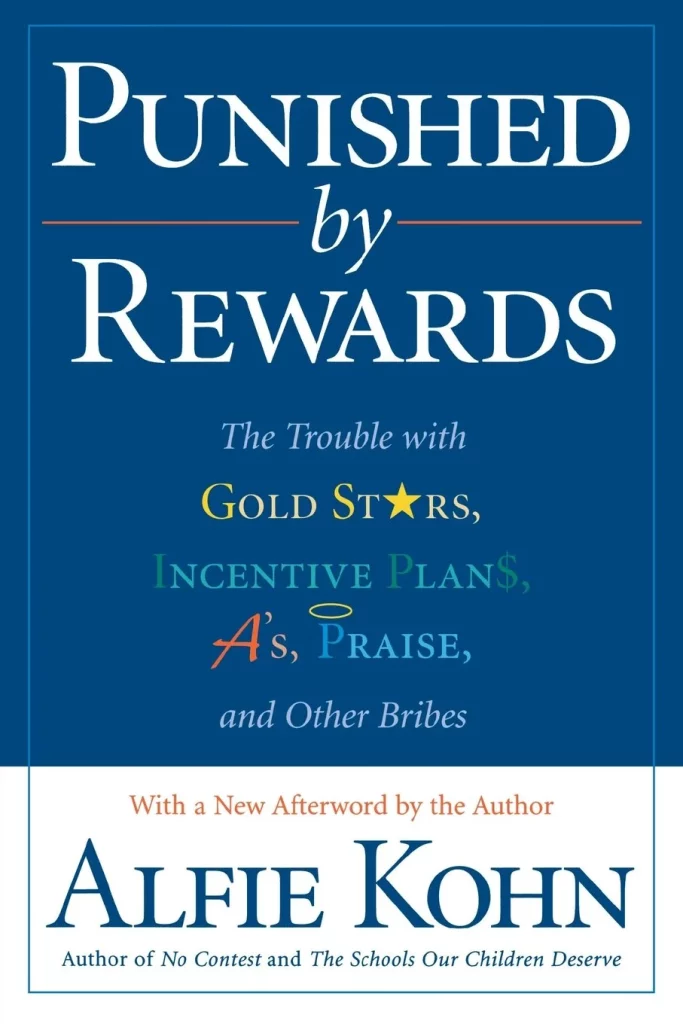
Alfie Kohn challenges the fundamental strategy employed in raising children, teaching students, and managing workers: “Do this and you’ll get that.” This approach, akin to training pets with rewards, relies on external motivators like goodies or commissions. Drawing on extensive psychological research, Kohn advocates for a more successful strategy that involves working with people rather than doing things to them. “Do rewards motivate people?” he questions. “Yes, they motivate people to get rewards.” With humor and relatable examples, “Punished By Rewards” presents an argument that might be unsettling but is impossible to dismiss.
15. The First Six Weeks of School By: Paula Denton
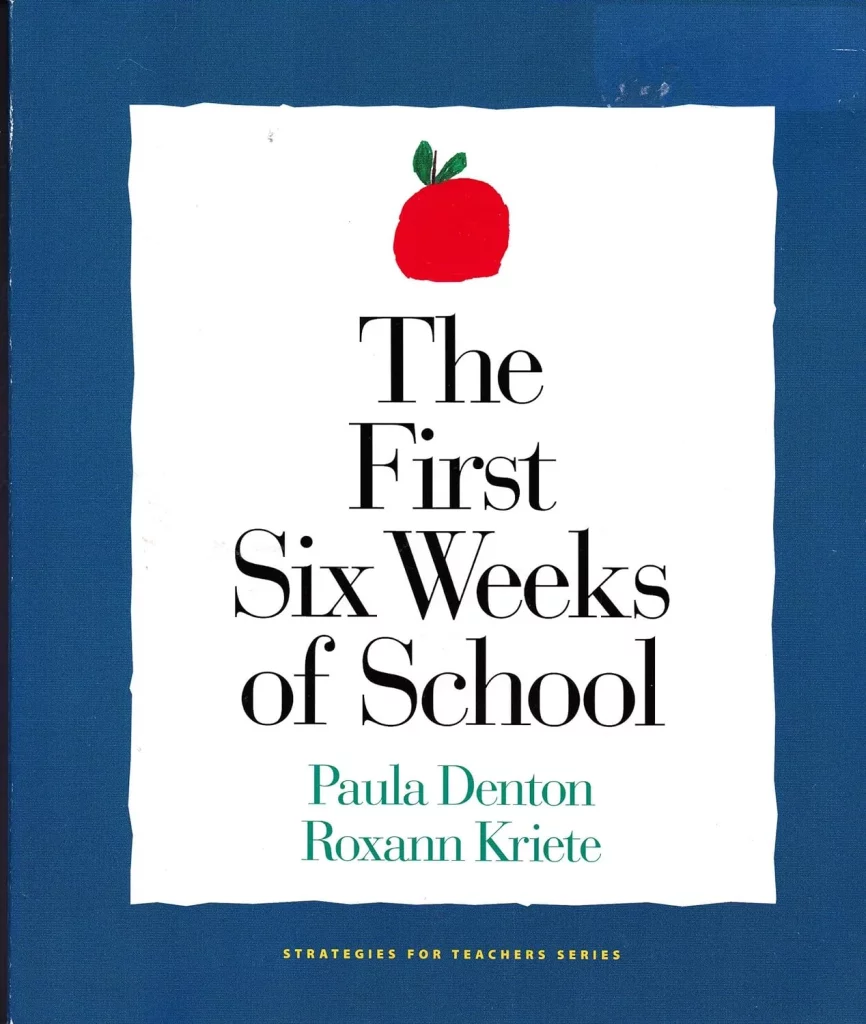
Unlock the secrets to structuring a successful school year with “The First Six Weeks of School: Daily Plans,” a guide tailored for K-6 teachers. This comprehensive resource offers daily plans for the initial three weeks, with insights and commentary tailored to three grade levels: primary (K-2), middle (3-4), and upper (5-6). It provides detailed guidelines for building a strong community, creating rules and teaching routines, introducing engaging curriculum, fostering autonomy, integrating social and academic learning, and establishing high expectations for behavior and learning. Packed with a diverse collection of games, activities, greetings, songs, read-alouds, and resources, this guide sets the stage for increased student motivation, cooperation, responsibility, and self-control throughout the entire school year.
16. Running the Room: The Teacher’s Guide to Behaviour By: Tom Bennett
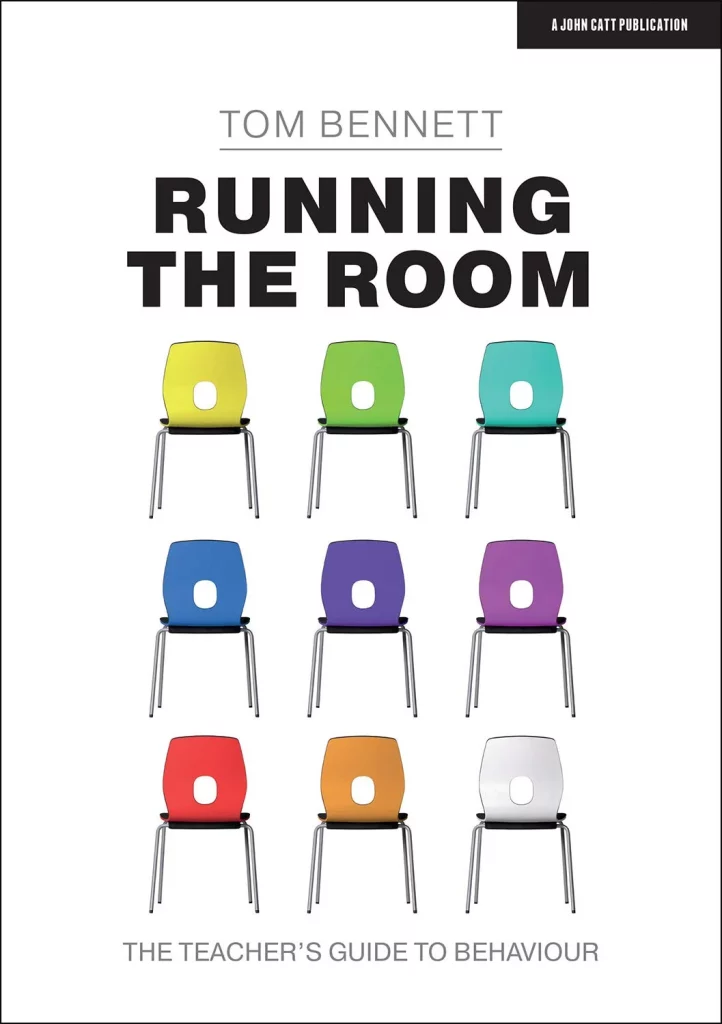
“Good behavior is the beginning of great learning,” declares “Running the Room,” a vital guide for teachers seeking to create calm, safe, and dignified classrooms. Acknowledging that teachers often start their careers with minimal training, the book emphasizes the crucial role behavior plays in a student’s academic and social success. Recognizing that each child brings unique skills, habits, and expectations to the classroom, the author stresses that behavior must be taught as part of the curriculum. “Running the Room” provides practical, evidence-informed guidance, drawing on the expertise of exemplary teachers worldwide. Bursting with strategies, tips, and solid advice, this guide is a valuable resource for both new and experienced teachers, offering a comprehensive approach to building classrooms where everyone thrives.
17. The Power of Our Words: Teacher Language That Helps Children Learn By: Paula Denton
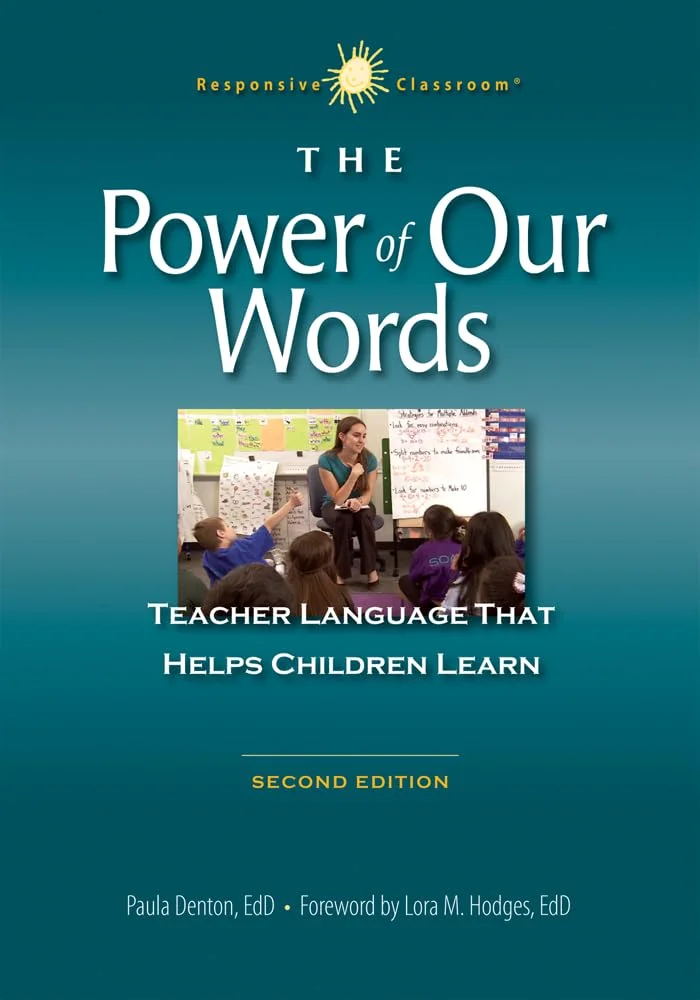
“The Power of Our Words” underscores the transformative impact of simple changes in a teacher’s language on students and classrooms. By focusing on words and tone, educators can increase engagement with academics, foster positive community, and effectively manage classrooms. This updated second edition provides practical information to help teachers lead students in envisioning success, use questions that stimulate deep thinking, listen to students to support their growth, and reinforce efforts while redirecting when necessary. The book emphasizes using teacher language to promote academic engagement and critical thinking skills, aligning with the Common Core State Standards. The livelier format of this edition enhances its readability, making it an invaluable resource for educators.
18. Better Learning Through Structured Teaching: A Framework for the Gradual Release of Responsibility By: Douglas Fisher
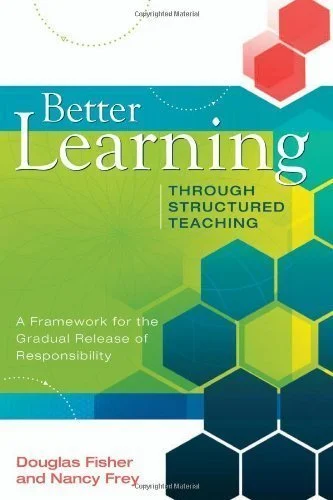
“Better Learning Through Structured Teaching: A Framework for the Gradual Release of Responsibility” by Douglas Fisher provides a comprehensive overview of a structured teaching technique and classroom model. This book aims to assist educators in building an engaged classroom and transforming classroom behavior. The framework outlined in the book, known as the Gradual Release of Responsibility, guides teachers in gradually shifting instructional responsibility from the teacher to the students. By incorporating practical strategies and insights, Fisher supports teachers in creating a learning environment that fosters student engagement and positive behavior.
19. Discipline Strategies for the Classroom; Working with Students By: Ruby K. Payne

“It’s your classroom, here’s how to manage it for success.” This guide, tailored for both beginning and seasoned teachers, addresses the everyday challenge of classroom discipline. Offering practical insights, it helps teachers handle various student behaviors, respond effectively to different parenting styles, establish rules and consequences, reduce inappropriate behaviors, and improve communication through controlling the use of voice. The guide also provides a simple formula to enhance student performance. Whether you’re interested in individual student behavior, streamlining daily activities, or giving students their own management tools, this concise and easy-to-use resource offers valuable insights for everyone.
20. The Teacher’s Pocket Guide for Effective Classroom Management By: Kim Knoster
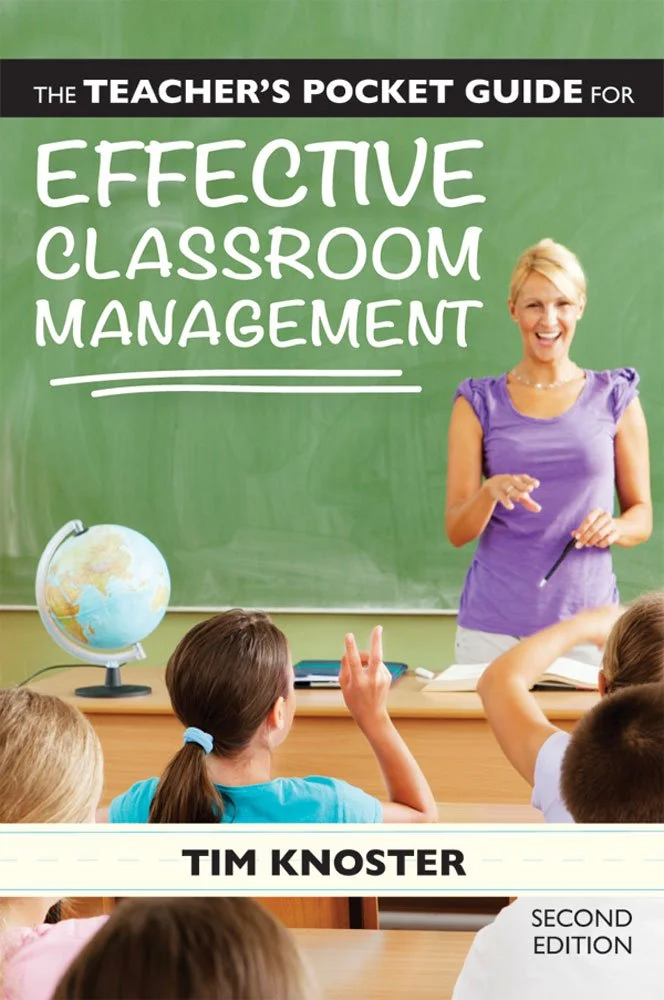
Teachers acclaim this bestselling guide, now in its second edition, developed by behavior expert Tim Knoster. With a focus on increasing desired behavior in K–12 classrooms, the book offers timely guidance for teachers implementing multi-tiered systems of support in conjunction with positive behavior interventions and supports (PBIS). Even in traditional school settings, this resource remains invaluable. Packed with time-efficient, research-based strategies delivered with humor and vivid examples, teachers can decipher student behavior motives, prevent disruptions, and support positive outcomes for every student. The guide provides how-to strategies for successfully implementing multi-tiered systems, building rapport, setting clear expectations, reinforcing positive behavior, redirecting inappropriate behavior, and applying Tier 2 and Tier 3 RTI strategies for additional student support.
Final Thoughts
As we conclude this exploration into effective classroom management, let’s remember that the journey towards creating an optimal learning environment is ongoing. Embracing the proven strategies shared here is not just about managing behavior; it’s about cultivating a space where both educators and students can thrive. By incorporating these insights into our teaching practices, we pave the way for meaningful connections, engaged learners, and a positive atmosphere that resonates far beyond the classroom. Let’s continue to evolve, adapt, and inspire, knowing that the impact of a well-managed classroom extends well into the future of our students. Here’s to fostering excellence in education, one empowered classroom at a time.
Read More:
Pedagogical Prowess: Unlock Your Teaching Potential with These 20 Books
Effective Instructional Strategies Unveiled: A Handbook of 58 Exciting Approaches






